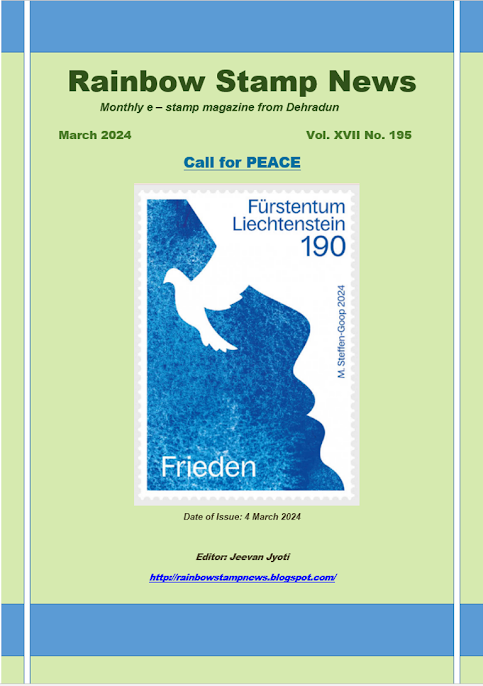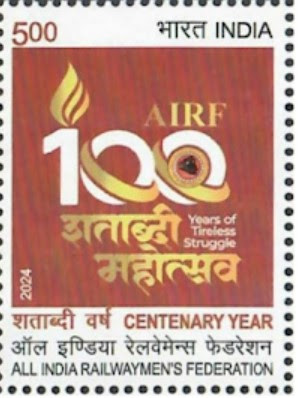Date of Issue : 28 April 2014
Serbia Post issued a set of two stamps on EUROPA 2014 theme “ National Musical Instruments”. Musical instrument is an important element of the musical tradition of a nation. Musical instruments take numerous forms, and by their origin they can be indigenous or adopted from another culture, but can also become national because of its use.
According to classification of musical instruments of Germam ethnomusicologists Curt Sachs and Erich M. Hornbostel, which takes as the criterion any material as the source of the sound and the way the sound is produced by these instruments, musical instruments can be divided into four groups, namely: 1. Idiophones; 2. Membarnophones; 3. Chordphones and 4. Аеrophones.
In Serbian traditional practice idiophone (self-sounding) instruments are relatively rare and their structure is usually relatively simple. Their function ranges from ritual via signal to literally musical (bell, clapper, jew’s harp).
Membranophone instruments (producing sound by a vibrating membrane) are relatively rare, and are characteristic by their musical function (drum/tapan, darbuka, tambourine i.e. def, cupa or begesh).
Chordphone (string) instruments produce sounds by plucking (striking) or by dragging a bow between two stretched fixed points (tambura, tambura ensemble, gusle (single-string fiddle), gusle ensemble).
Aerophone (aer–air, greek) instruments can be: free (leaf, grass and onion feather) and wind instruments. Wind instruments in Serbia are undoubtedly the most numerous and are present in almost all existing groups, such as labial/ folk flutes (fife-duduk-flute, ocarine, twin pipes, cevara (pipe instrument)); fifes played with tongue/folk clarinets (leika, zurle, bagpipes, diple), and fifes that produce sounds by vibration of lips/trumpet (tree bark trumpet, rikalo-punched, wind–brass orchestra).
Fife (duduk/flute) belongs to the family of so-called folk flutes. It is made of wood and has six holes for playing. It can be made in more sizes. Sound produced by the longest instruments is often “boosted” by a characteristic tone coming out of player’s throat.
Bagpipes belong to so-called folk clarinets since the source of their sound is a beep through a single reed. In musical practice in Serbia there are two types of bagpipes: two-voiced bagpipes (southern Morava-Macedonian and Vlach) and three-voiced bagpipes (Svrljig and Banat bagpipes).
EUROPA 2014 stamps from Romania and Gibraltar
Date of Issue : 5 May 2014
Date of Issue : 2 May 2014
From our Readers…
Dear Friend
AN APPEAL : GENERAL ELECTIONS - 2014
India is surging through another “Democracy Yagna” at the moment, the biggest till the date, the Indian General Elections to constitute the 16th Lok Sabha of the Republic of India. Mammoth efforts are being made by everyone concerned, from the Election Commission of India to the public in general. Postal Department of India, the India Post may not be an exception. The department has to do a lot of exercises to play it’s part in the success of the elections. Postal Ballots are one more important aspect of the elections, where Postal Department is involved directly.
It will be a very interesting story and a very important chapter of the Indian Postal History to document the role of the Postal Department in the General Elections / Elections.
There may be a lot of elements comprising the role of the department in the elections; postmarks, slogan postmarks, schedules, stationery, Ballot envelopes etc etc.
We invite the interested writers / philatelists to take on the task and write an article on India Post’s Role in Elections in India. The Year Book of Indian Philately will publish the study in the 2014 edition of the Year Book, with all the due credits to the author/s. The copyright of the article will also remain with the author/s.
We expect some good write-ups on the subject from some interested writers / philatelists who have followed the earlier elections too. We expect a very important and interesting addition to the next (2014) edition of the Year Book of Indian Philately. AAMIN.
With high expectations,
Madan Middha
Editor, Year Book of Indian Philately
























.png)













No comments:
Post a Comment